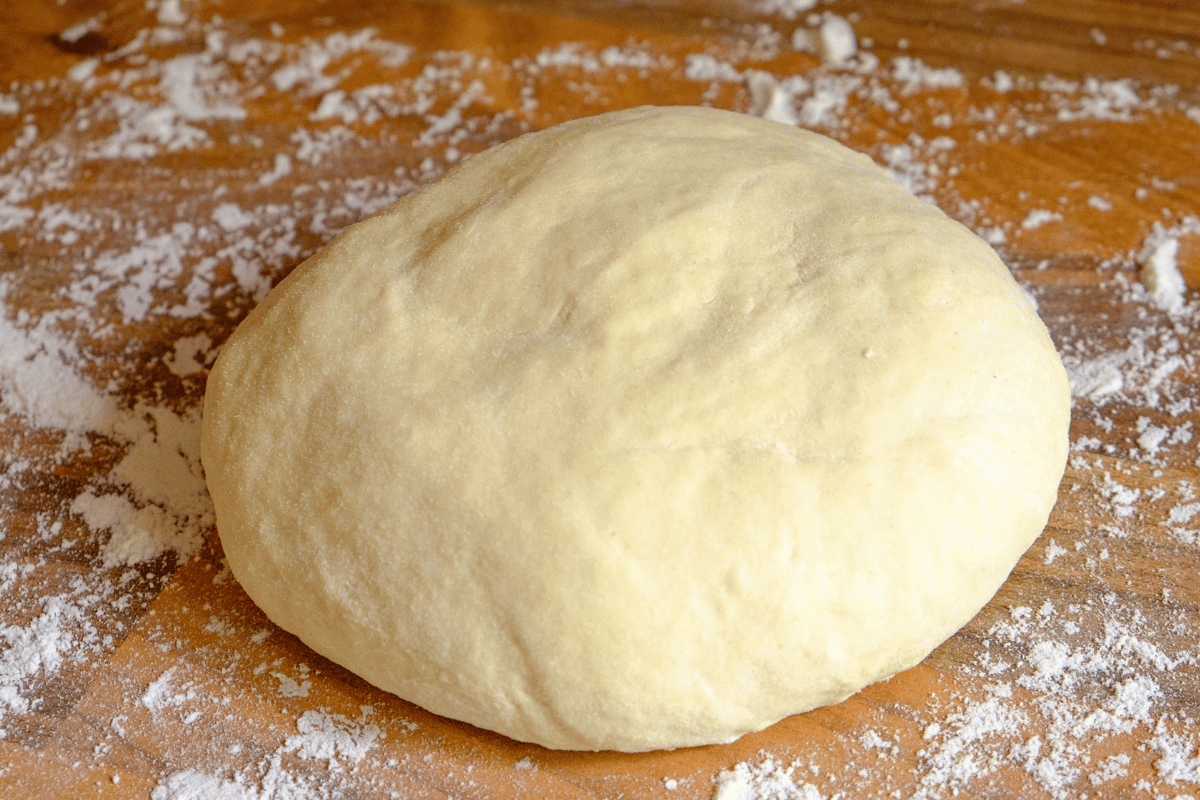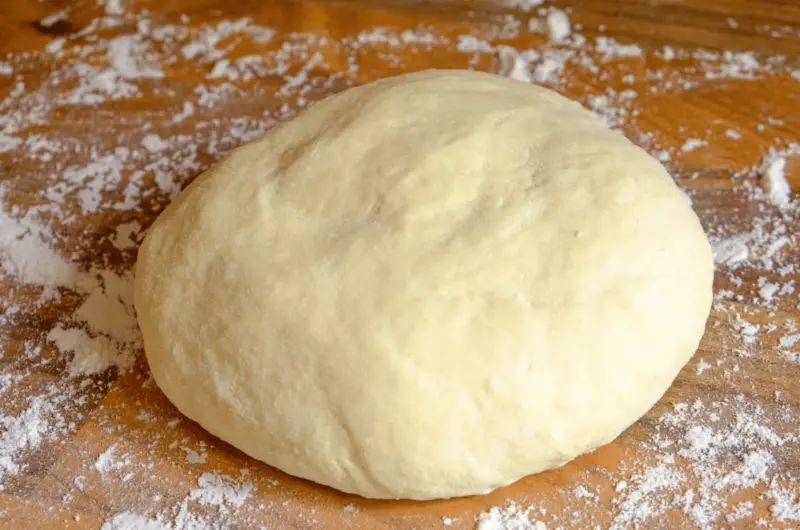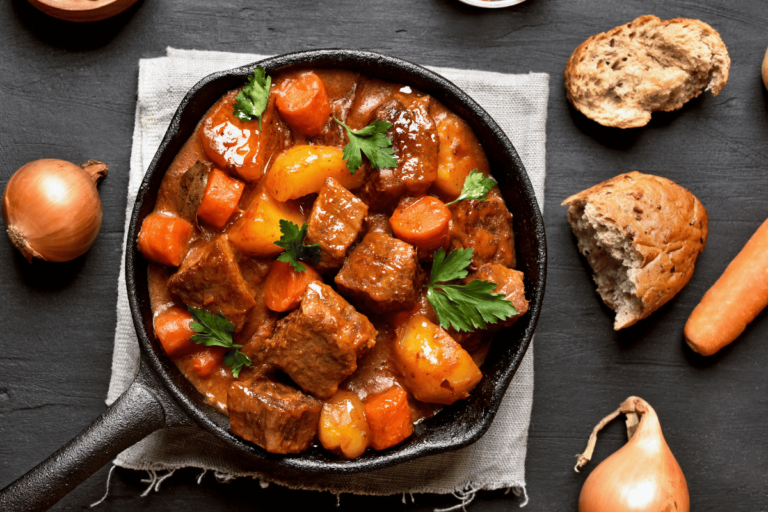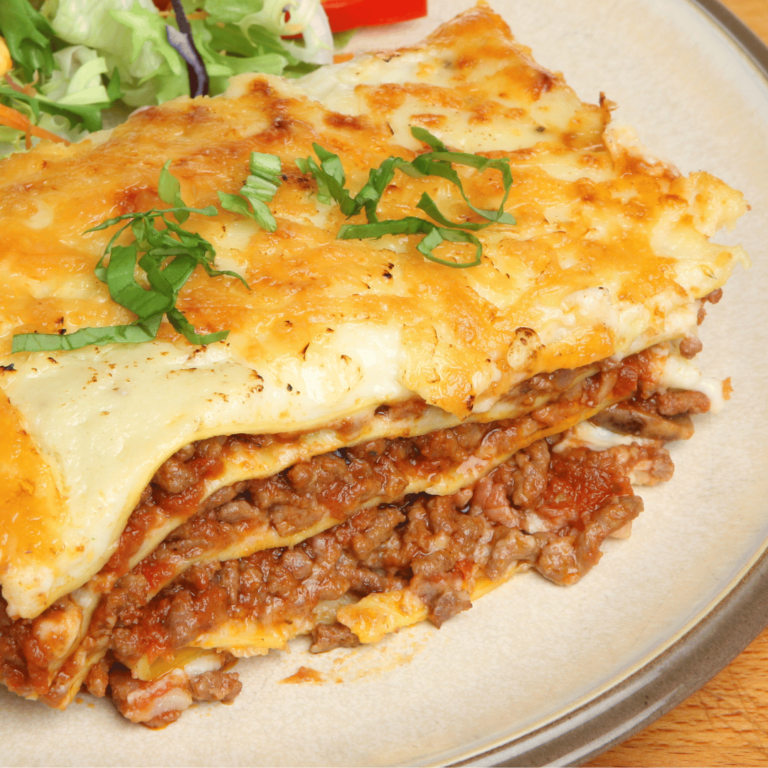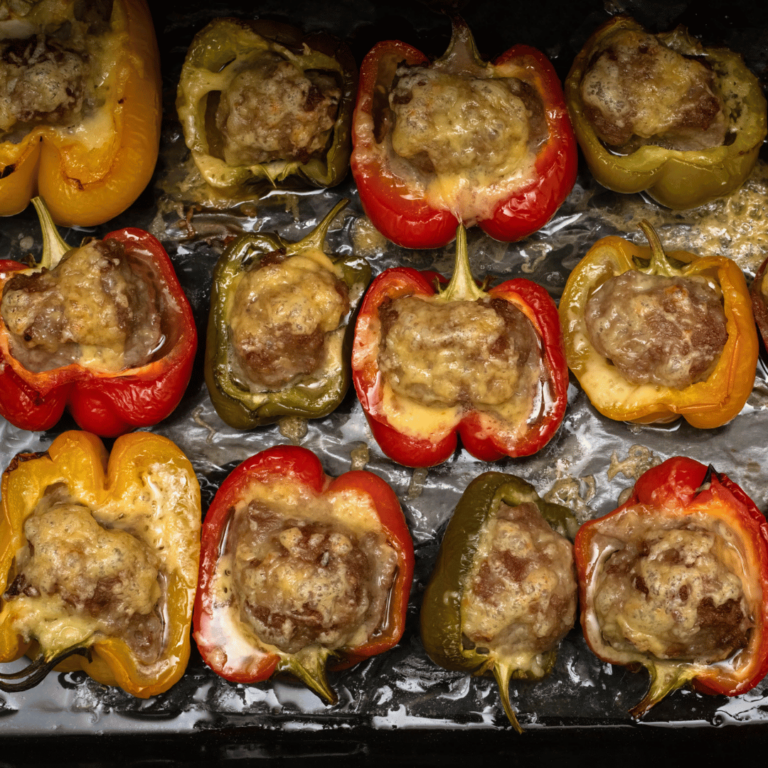Pizza Dough Recipe
Pizza dough is the foundation of one of the world’s most beloved foods, pizza. The magic of pizza starts with a good dough, which transforms into a crispy, chewy base ready to be topped with an array of delicious ingredients.
Why I Love This Dish
I love making pizza dough because it’s both an art and a science. The process of kneading and watching the dough rise is incredibly satisfying. The best part is the versatility; with the same basic dough, you can create a variety of pizza styles, from thin and crispy to thick and fluffy.
Total Cooking Time
- Prep Time: 15 minutes
- Rise Time: 1 to 2 hours
- Total Time: Approximately 2 hours 15 minutes
Nutritional Information (per serving, assuming 8 servings per recipe)
- Calories: 150-200
- Protein: 4-6g
- Carbohydrates: 30-35g
- Fat: 1-2g
- Sodium: 200-300mg
Ingredients List
- 4 cups all-purpose flour, plus extra for dusting
- 1 packet (about 2 1/4 teaspoons) active dry yeast
- 1 teaspoon sugar
- 1 1/2 teaspoons salt
- 1 1/2 cups warm water (110-115°F)
- 2 tablespoons olive oil, plus extra for greasing
Instructions
- Activate the Yeast: In a small bowl, dissolve sugar in warm water. Sprinkle yeast over the water and let it sit for 5-10 minutes, or until foamy.
- Mix the Ingredients: In a large bowl, combine flour and salt. Make a well in the center and pour in the yeast mixture and olive oil.
- Knead the Dough: Mix until a sticky dough forms, then turn out onto a floured surface and knead for about 10 minutes, until smooth and elastic.
- First Rise: Place the dough in a lightly oiled bowl, cover with a damp cloth, and let it rise in a warm place for 1-2 hours, or until doubled in size.
- Shape and Second Rise (Optional): Punch down the dough and divide it into desired portions. Shape each piece into a ball and let them rest for another 15-20 minutes before rolling out for pizza. This second rise makes the dough puffier and lighter.
- Preheat and Bake: Preheat your oven to the highest setting, roll out the dough to your preferred thickness, add toppings, and bake until golden and crispy, typically about 10-15 minutes.
Frequently Asked Questions
What is the secret to making good pizza dough?
The secret to making good pizza dough lies in several key factors:
- Quality of Ingredients: Start with high-quality flour — typically, bread flour or Italian 00 flour is preferred for its higher protein content, which contributes to a better gluten structure and chewiness in the crust.
- Proper Hydration: The water-to-flour ratio (hydration) is crucial. A dough that’s too dry or too wet can be difficult to handle and affect the texture of the baked crust. Generally, a hydration level of 60-65% works well for a balance between manageability and a good, crisp texture.
- Yeast and Fermentation: Using the right amount of yeast and allowing sufficient time for fermentation is essential. A slow, cold fermentation in the refrigerator, often for 24 hours or more, can develop deeper flavors and improve the dough’s texture.
- Kneading: Proper kneading develops the gluten in the dough, which is necessary for the right texture and structure. The dough should be smooth and elastic before setting it aside to rise.
- Temperature: The dough should be allowed to rise in a warm, draft-free environment to ensure consistent fermentation. Also, baking pizza at a high temperature (as hot as your oven can go) is key to achieving a crispy crust and properly melted toppings.
- Handling: Overworking the dough when shaping it can lead to a tough crust. Gently stretching and shaping the dough by hand can help maintain the air bubbles formed during fermentation, leading to a lighter, airier crust.
By paying attention to these aspects, you can create a pizza dough that’s flavorful, has the perfect texture, and forms the ideal base for your favorite toppings.
What kind of flour do you use for pizza dough?
For pizza dough, I typically use bread flour because of its higher protein content, which helps develop a strong gluten network, resulting in a chewy, elastic crust that’s characteristic of good pizza. Bread flour’s protein level, usually around 12-14%, makes it ideal for achieving the structure and texture needed for pizza dough.
However, another popular choice, especially for authentic Italian-style pizza, is Type 00 flour. This finely milled Italian flour creates a wonderfully light and airy crust with a nice chew. It’s perfect for Neapolitan-style pizzas that are baked at very high temperatures.
Some people also use all-purpose flour, which is more readily available and still makes a good pizza dough. While it has a lower protein content than bread flour (around 10-12%), it can still produce a satisfactory crust that’s a bit softer and less chewy.
In summary, the choice of flour depends on the type of pizza you’re aiming to make and the texture you prefer for the crust. Bread flour and Type 00 flour are excellent choices for a traditional pizza experience, while all-purpose flour is a versatile and accessible option that still yields tasty results.
Should you oil pizza dough before baking?
Oiling pizza dough before baking can be beneficial, depending on the desired outcome. Applying a thin layer of oil to the surface of the dough can prevent it from drying out and help create a golden, crispy crust. Here are a few points to consider:
- Moisture Retention: Lightly coating the dough with oil can help retain moisture during baking, which prevents the crust from becoming too hard or dry.
- Texture and Flavor: Oil can add a slight richness to the dough and contribute to a crispier texture, especially on the bottom and edges of the crust.
- Preventing Sticking: When stretching or rolling out the dough, using oil can prevent it from sticking to your hands or the work surface. This can be particularly helpful if the dough is very hydrated and sticky.
- Topping Adhesion: A light brush of oil on the dough’s surface can also help toppings and sauces adhere better, preventing them from sliding off when the pizza is moved or sliced.
However, the amount of oil used should be moderate; too much can make the dough greasy or affect how the toppings cook. It’s also not always necessary to oil the top of the dough if it will be covered with sauce and toppings, as these will provide moisture and prevent drying. But for certain styles of pizza, like some types of flatbread or focaccia, a more generous amount of oil may be used to achieve the desired texture and flavor.
Can you let pizza dough rise too long?
Yes, you can let pizza dough rise for too long, which can negatively affect the final product. Overproofed dough has gone past the optimal point of yeast fermentation, leading to several issues:
- Texture Problems: If the dough rises too much, the gluten structure can weaken, resulting in a dough that’s too airy and can collapse under the weight of toppings. This can make the crust flat and dense after baking instead of light and airy.
- Flavor Changes: Overproofing can also impact the flavor of the dough. While a slow, controlled rise can develop a rich, complex flavor, letting the dough rise for too long can lead to a sour or yeasty taste that might overpower the other flavors in the pizza.
- Handling Difficulties: Overproofed dough becomes very delicate and can be difficult to shape. It may tear easily and not hold its form well, making it challenging to transfer to a baking surface and resulting in an uneven or misshapen pizza.
To prevent overproofing, it’s important to control the rising time and environment. Dough should be allowed to rise until it has doubled in size, which typically takes 1-2 hours at room temperature. If you’re using a cold fermentation method (rising in the refrigerator), the process can be extended to 24-48 hours without the risk of overproofing, as the cold temperature slows down the yeast activity. If the dough has doubled in size and you’re not ready to bake it, placing it in the refrigerator can slow down the fermentation process and prevent overproofing.
What does adding olive oil to pizza dough do?
Adding olive oil to pizza dough contributes to both the flavor and texture of the crust. Here’s how olive oil makes a difference:
- Flavor: Olive oil adds a subtle richness and depth to the dough, imparting its distinct, slightly fruity or peppery notes, depending on the oil’s variety and quality.
- Texture: Incorporating olive oil into the dough helps to tenderize the gluten strands, resulting in a crust that’s more tender and less chewy. It can also contribute to a slightly crispier exterior while keeping the inside moist and soft.
- Moisture Content: Olive oil adds moisture to the dough, which can help in managing the hydration level and making the dough easier to handle and less sticky.
- Browning: Olive oil can aid in achieving a golden, more appealing crust when the pizza bakes, as fats like oil can enhance browning due to the Maillard reaction, which occurs between amino acids and reducing sugars in the presence of heat.
- Handling: Dough with olive oil can be easier to shape and less likely to tear or stick to surfaces and hands, improving the overall handling during the pizza-making process.
In summary, olive oil is valued in pizza dough for the rich flavor, improved texture, and better handling properties it provides, making it a common ingredient in many pizza dough recipes for both home cooks and professional chefs.
Helpful Resources
- All our recipes
- This delicious pizza recipe you can use this dough on!
Wrap-Up
Making your own pizza dough can be a fun and rewarding experience, yielding delicious results that are hard to match with store-bought varieties.
Whether you prefer a thin, crispy crust or a thicker, chewier base, mastering homemade pizza dough allows you to customize your pizza to your liking, making each pizza night special and delicious.

